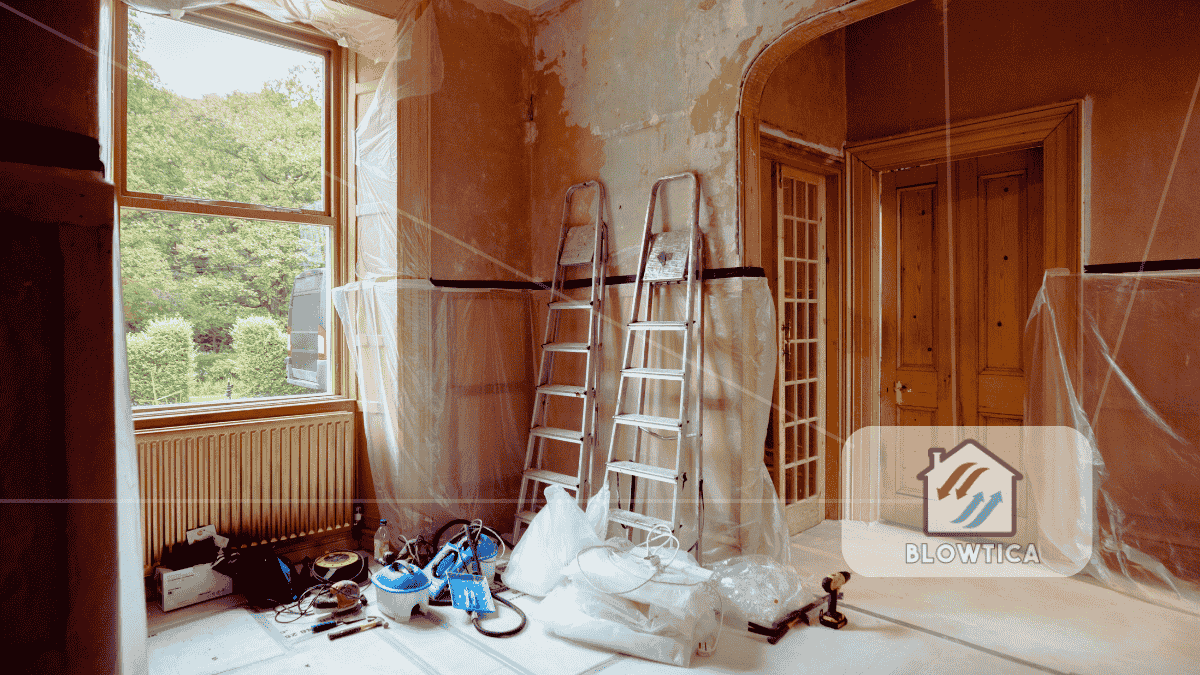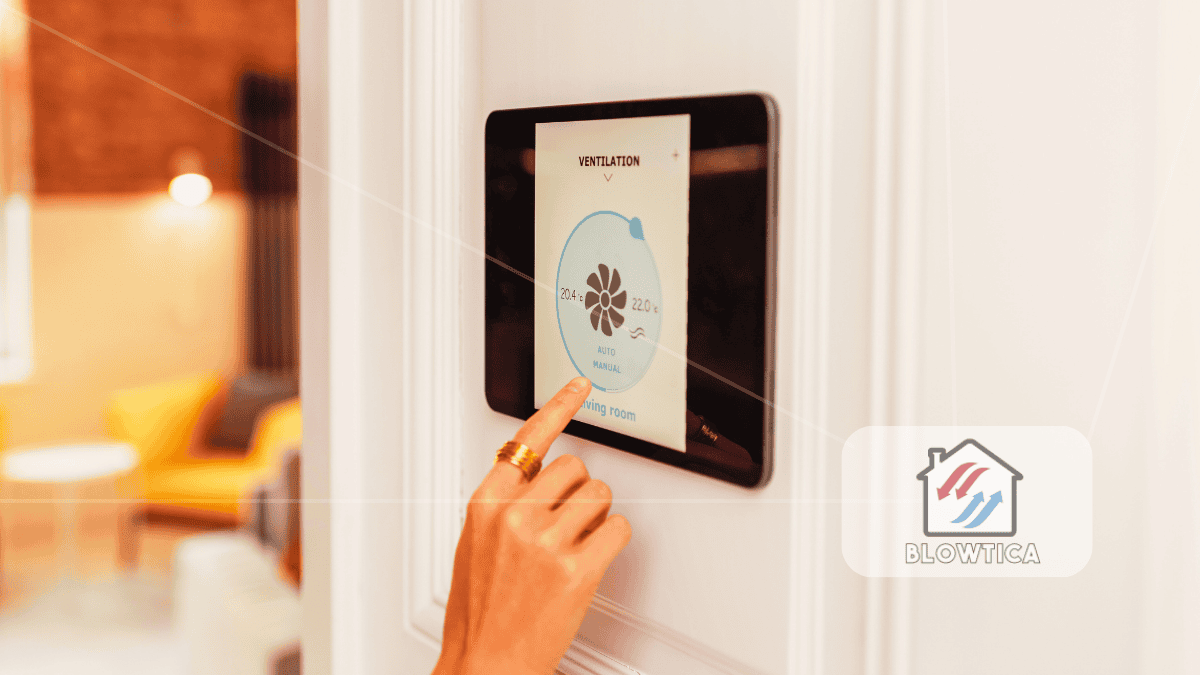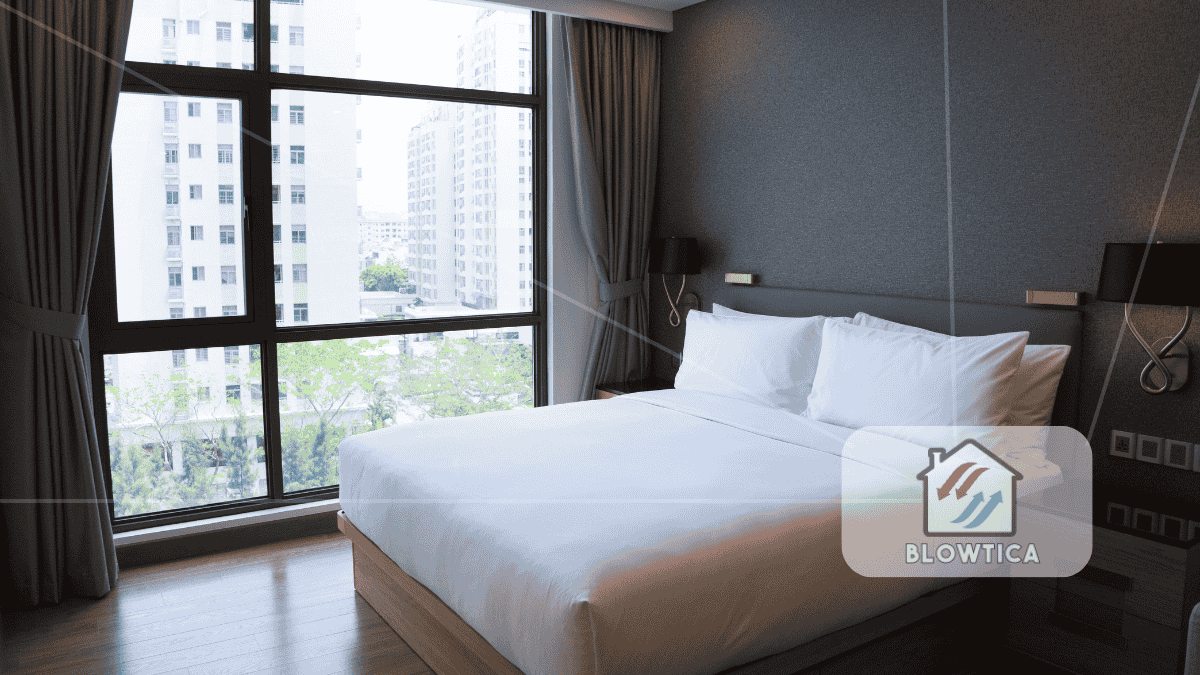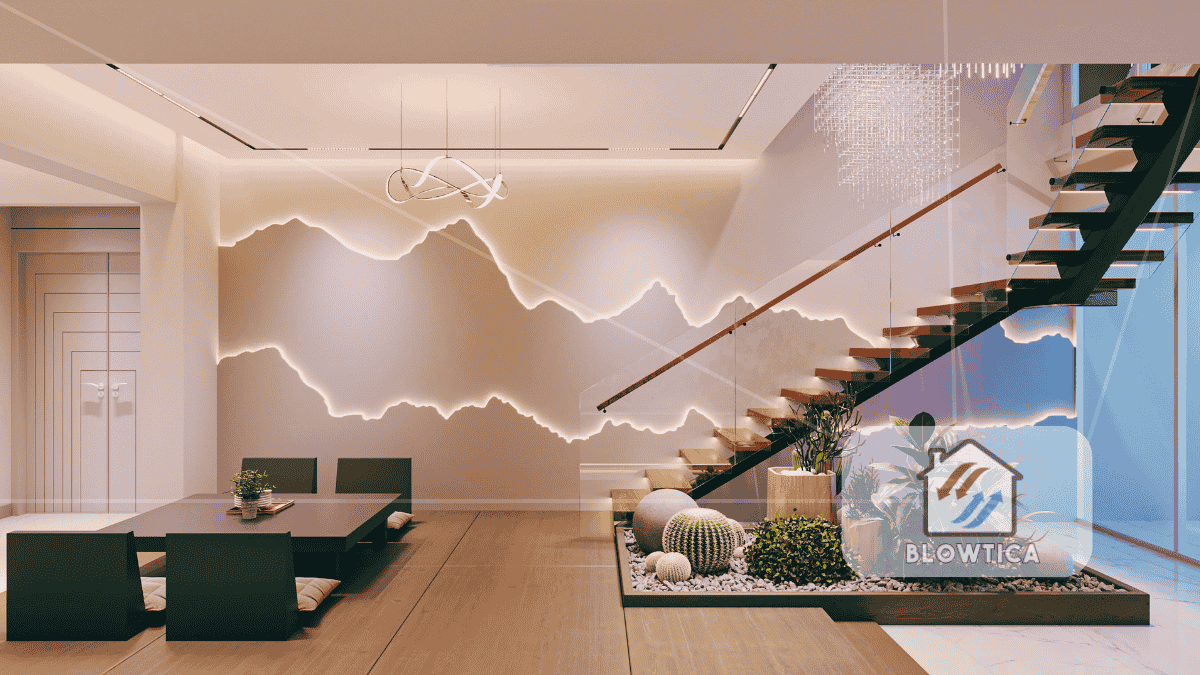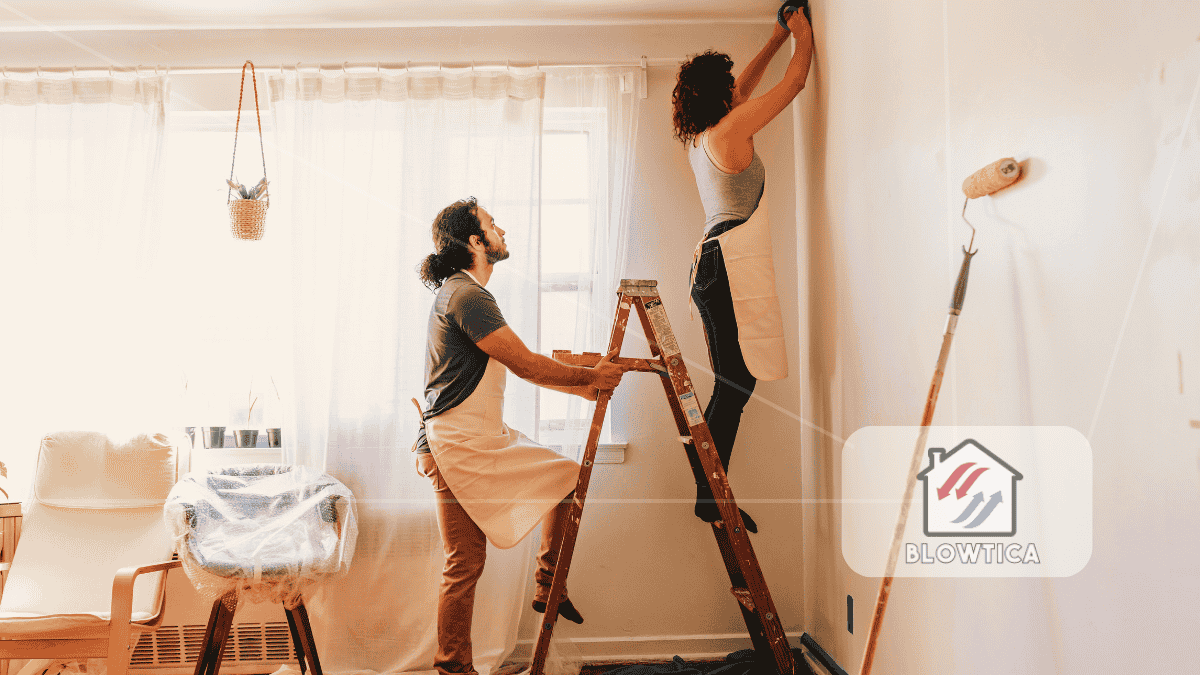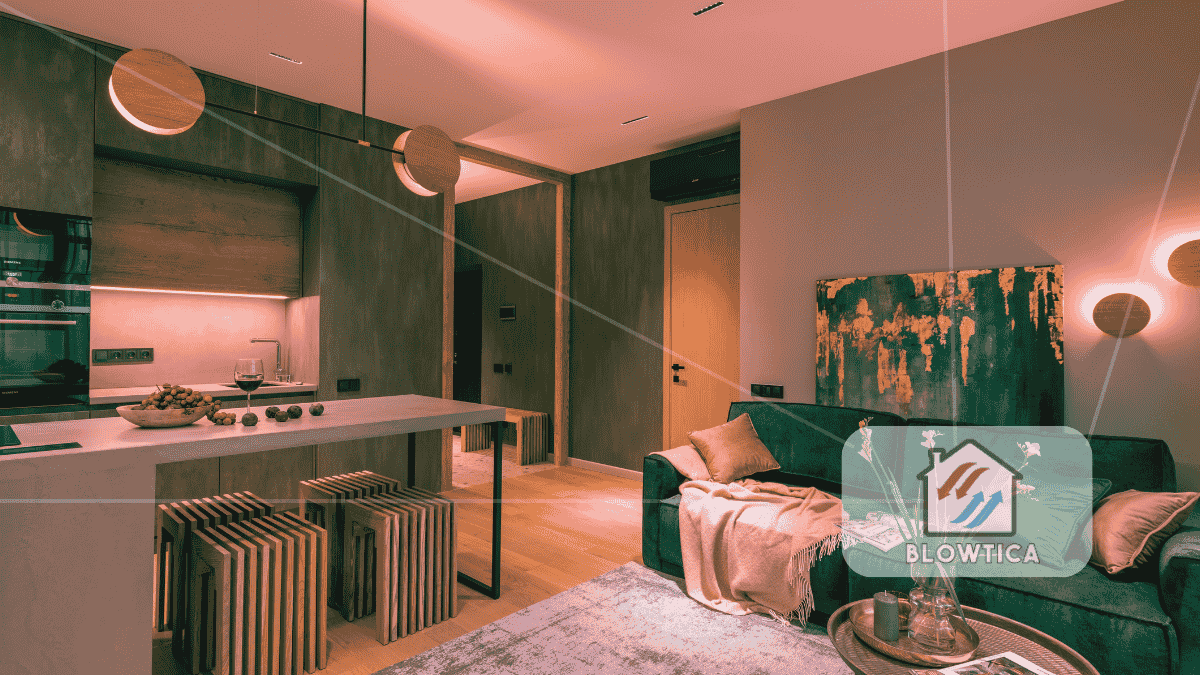
A well-designed home doesn’t just look good it works. It supports your daily life, sets the mood, and expresses your personality. But even with the best intentions, it’s easy to fall into subtle traps of home design mistakes that undermine the style and comfort you’re aiming for. These aren’t always dramatic errors. Often, it’s the small, overlooked choices that chip away at your home’s potential.
In this guide, we’ll unpack the most common home design mistakes and what to do instead. Whether you’re planning a renovation or tackling DIY home upgrades, knowing what not to do is just as crucial as having a great vision.
1. Skipping the Floor Plan
Jumping into design without considering layout is like baking without a recipe messy, inconsistent, and often a waste of time and money.
Fix It:
Start with a functional floor plan. Think about movement: how people enter, exit, and navigate the space. Create zones that make sense for how you live reading nooks, dining areas, workspaces and arrange furniture to support those activities. Use digital planning tools or apps to test configurations before buying anything.
2. Choosing Form Over Function
Style gets a lot of attention in design discussions, but if something doesn’t work well day to day, it’s a bad investment no matter how beautiful it looks.
Fix It:
Marry form and function. Choose furniture that’s comfortable and durable. Prioritize storage in high-traffic areas. Think about how a space will serve you five years from now, not just how it looks on Instagram today.
3. Poor Lighting Layers
Lighting is often treated as an afterthought, but it’s foundational. A room with poor lighting feels smaller, colder, and less inviting even if every piece of furniture is perfect.
Fix It:
Include three types of lighting in every room:
- Ambient (overhead): General room illumination.
- Task (lamps, under-cabinet lights): For specific activities.
- Accent (sconces, LED strips): Adds depth and warmth.
Use warm bulbs for living spaces to create a cozy atmosphere and consider smart lighting systems for flexibility.
4. Being Too Safe with Color
Neutral tones are timeless, but an all-beige or all-gray interior can feel lifeless if not balanced with contrast and texture.
Fix It:
Introduce contrast with bold accents charcoal, navy, forest green, even muted terracotta. Try an accent wall or colored cabinetry. Use natural materials like wood, rattan, and linen to bring warmth and variation. Keep your base palette cohesive, but don’t be afraid to take a few creative risks.
5. Wall Art That Feels Like Filler
Generic art prints or mass-produced canvases might fill a blank wall, but they rarely add personality or depth.
Fix It:
Invest in pieces that mean something local art, personal photography, or even framed fabric swatches. Mix sizes and shapes. Use gallery walls, leaning frames, or oversized statement pieces to create a focal point. And always hang art at the right height: center at 57–60 inches from the floor.
6. No Clear Style Direction
One of the top home design mistakes is mixing too many styles without a unifying thread. You end up with a space that feels disjointed rather than eclectic.
Fix It:
Define your aesthetic before you decorate. You don’t need to follow a rigid theme, but establish a foundation, Scandinavian, industrial, boho, modern farmhouse and let that guide your decisions. Build in contrast and layering while sticking to a coherent vision.
7. Treating Decor as an Afterthought
You can have beautiful furniture and great lighting, but if your decor feels like an afterthought, the room will fall flat.
Fix It:
Decor is where you tell your story. Don’t rush it. Choose pieces that reflect your experiences, interests, and values. Rotate decor seasonally or as your taste evolves. Less can be more, let standout pieces shine rather than crowding every surface.
8. No Sense of Entry
Your entryway sets the tone for the entire home, yet it’s often neglected.
Fix It:
Design a functional and welcoming entry zone, even if you don’t have a formal foyer. Add a bench or console table, hooks for bags, and a mirror to bounce light. It should feel intentional and help with daily routines like coming and going.
9. Overcommitting to One Theme
Going all-in on a single design theme (like coastal, industrial, or farmhouse) can feel inauthentic and boxed-in.
Fix It:
Blend themes subtly. Instead of turning your home into a replica of a catalog, borrow elements you love and balance them with personal touches. It’s okay to mix modern with vintage, or rustic with sleek, just keep color and scale consistent.
10. Bad Flooring Transitions
Mismatched flooring between rooms breaks visual flow and can make your home feel fragmented.
Fix It:
Aim for seamless flooring throughout or use transitions that feel intentional. If changing floors isn’t an option, use large rugs to bridge the gap and soften contrast. Pay attention to the condition of your floors scuffed or dated floors can drag down even the most stylish space.
11. Not Leveraging Vertical Space
Low shelves, short curtains, and missed opportunities for storage or display make rooms feel smaller and underused.
Fix It:
Think vertically. Hang curtains near the ceiling. Use tall shelving. Mount wall lights instead of taking up table space. Vertical design draws the eye upward, giving the illusion of more space and sophistication.
12. Forgetting to Personalize DIY Home Upgrades
Not every DIY project should come from a trending YouTube video or influencer reel. Cookie-cutter upgrades often miss the mark.
Fix It:
Make your DIY home upgrades personal and practical. Custom build a storage bench for your exact entryway, reupholster a thrifted chair in a fabric you love, or create built-ins that fit your living room’s specific needs. DIY doesn’t mean cheap, it means custom.
13. Inconsistent Hardware and Fixtures
Mismatched or overly trendy hardware like gold in one room, black in another, and brushed nickel in a third can feel chaotic.
Fix It:
Pick 1–2 finishes and carry them throughout. For example, matte black and aged brass pair well and create cohesion. Swap out cheap-looking knobs and handles, they’re small changes that make a big impact.
14. Empty Corners
Every home has an awkward corner. Leaving it empty can feel like a missed opportunity.
Fix It:
Turn dead space into utility or beauty. Add a cozy chair, a tall plant, a standing lamp, or a ladder shelf. Use corners as reading nooks, mini libraries, or home office pockets.
15. Design Paralysis
The fear of making the “wrong” choice often leads people to do… nothing. And that’s a mistake in itself.
Fix It:
Start small. Tackle one room or project at a time. Give yourself permission to experiment. Style evolves your home should too. There’s no perfect formula, only progress.
Final Thoughts: Great Design Is Intentional, Not Accidental
Most home design mistakes aren’t made out of carelessness, they happen when we prioritize trends over function, or speed over intention. But when you pause, plan, and stay aligned with how you actually live, your home begins to work for you. It becomes a place that not only looks good but feels right.
Before you tear down a wall or buy another throw pillow, step back and ask: What’s the purpose of this space? What story do I want it to tell? Fix the little things. Embrace your style. Take pride in the evolution.
Whether you’re making strategic purchases, trying DIY home upgrades, or simply rethinking your layout, it’s the thought behind each move that transforms a house into a home.


